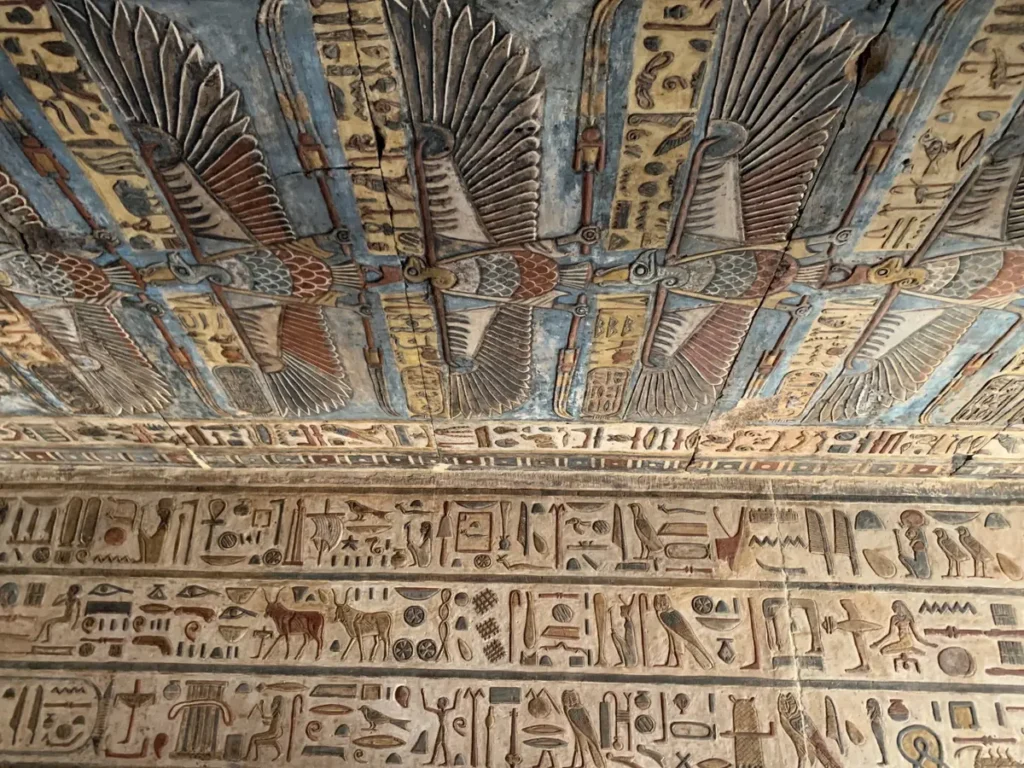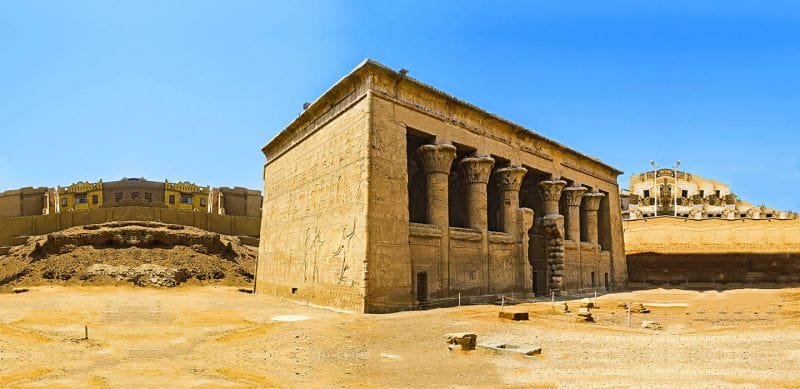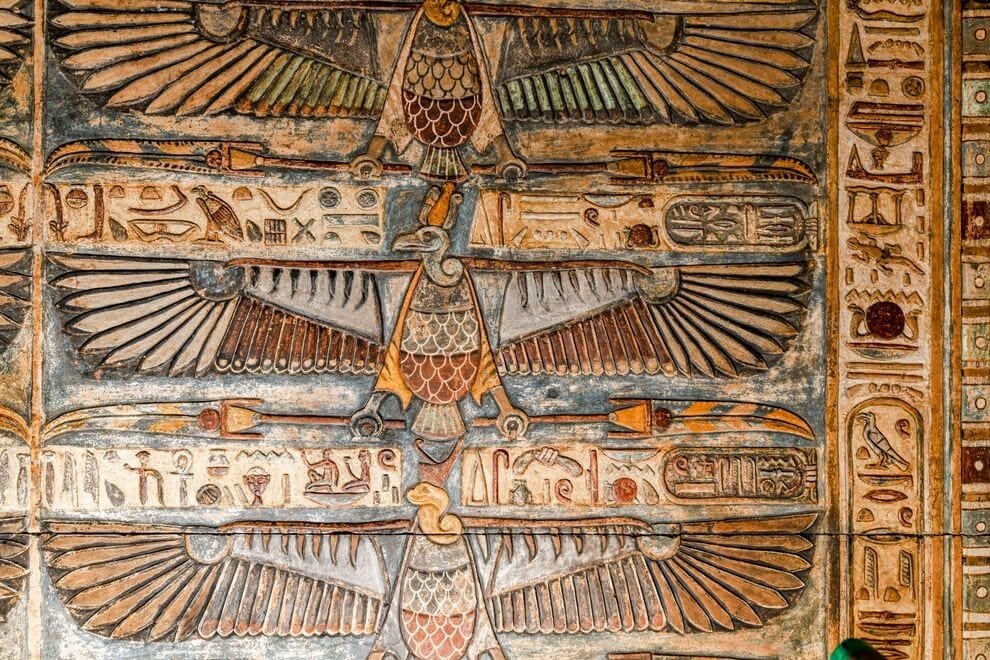The Temple of Khnum, located in the Egyptian city of Esna, is a remarkable historical site dating back to the Ptolemaic period of Egypt, although some of its foundations trace back to earlier times, including the New Kingdom. The temple is dedicated to the ancient Egyptian god Khnum, one of the oldest gods of the Egyptian pantheon, often depicted as a ram-headed deity associated with creation, fertility, and the Nile. In the mythology, Khnum was believed to fashion the bodies of human beings and other creatures from clay on a potter’s wheel. He was also connected to the annual inundation of the Nile, which was critical to Egyptian agriculture.
While today the temple remains relatively less known compared to some of Egypt’s more famous monuments, the Temple of Khnum in Esna is a fascinating and well-preserved example of Ptolemaic architecture and religious practice. The temple stands as a testament to the devotion to Khnum and the belief in divine forces that governed the fertility of the land and the people’s well-being. Visitors to the temple can explore its beautifully decorated walls, which offer a glimpse into the artistry, religious practices, and daily life of ancient Egyptians.








